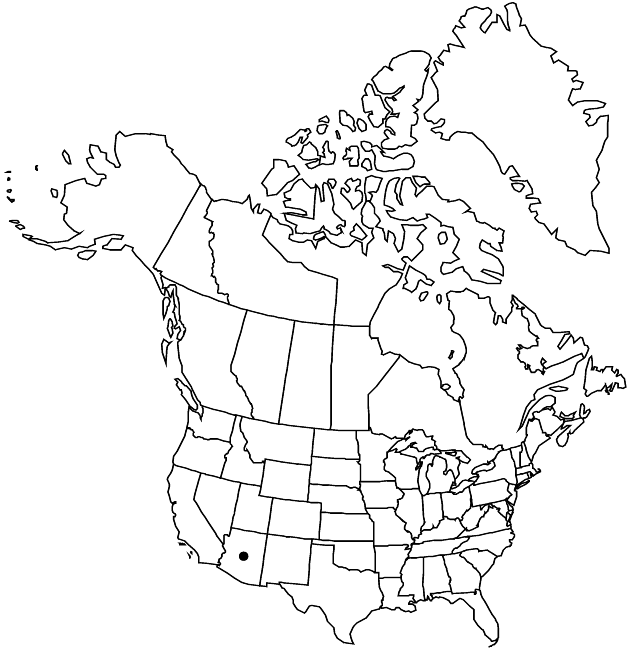Hymenoxys quinquesquamata
in N. L. Britton et al., N. Amer. Fl. 34: 114. 1915.
Perennials, 30–100 cm (polycarpic; sometimes with sparingly branched, woody caudices). Stems 1 (–3), green throughout or purple-red-tinted proximally, branched distally, ± hairy. Leaves: blades simple or lobed (lobes 3–17), glabrous or sparsely hairy, glanddotted; mid leaves lobed (lobes 5–11, terminal lobes 0.8–2 mm wide). Heads 5–50+ per plant, in paniculiform to corymbiform arrays. Peduncles 2.5–7 cm, ± hairy. Involucres campanulate, 8–10 × 9–12 mm. Phyllaries in 2 series, unequal; outer 5 (–8), basally connate 1/3–1/2 their lengths, obovate to ovate, 6–7 mm, apices acuminate; inner 6–8, obovate, 6.5–8 mm, apices mucronate. Ray-florets 5–8; corollas yellow, 14–18 × 7–12 mm. Disc-florets 30–100+; corollas 3.5–4.3 mm. Cypselae obpyramidal, 2.5–3.9 mm; pappi of 5–6 obovate, sometimes aristate, scales 1.2–2.5 mm. 2n = 30.
Phenology: Flowering (Jun–)Jul–Sep(–Oct).
Habitat: Open areas, edges of pine-oak forests
Elevation: 1500–2500 m
Discussion
Hymenoxys quinquesquamata is known from southern Arizona, mostly Huachuca Mountains.
Selected References
None.
